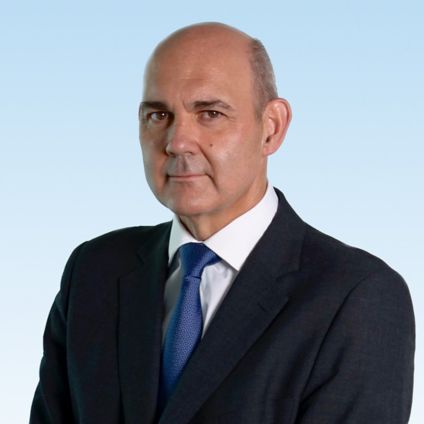Wealth management remains a sector with enduring growth potential, playing a pivotal role in the financial well-being of an increasingly wide range of customers. The main players now have an opportunity to ‘own’ financial advice and become a central part of customers’ lives, offering digitally enhanced, personalized service.
However, traditionally strong revenues and profitability are under threat from growing competition, including established financial institutions and new entrants. Low-cost, DIY investing, heightened regulatory scrutiny, the need to invest in technology, and a talent shortage all put a strain on established business models.
Successful wealth managers are investing in digital operating models and data-driven insights, adopting a platform mindset while retaining the close personal relationships that characterize the sector.
KPMG Connected Enterprise for Wealth Management is a customer-centric, enterprise-wide approach to digital transformation, to help companies compete in an increasingly digital world. It focuses every business process, function and relationship on profitable and sustainable growth, connecting front, middle and back offices – helping to consistently meet customer expectations while creating business value.

Future business models: Three ways to play
Today’s diverse, highly fragmented market is likely to converge into three distinct business models. The B2C and B2B wealth ecosystem is expected to continue to grow while unlocking innovative new services, integrating digital and human capabilities to offer targeted, self-service products and personalized investment advice.
The three future business models are based on serving client needs and preferences, rather than focusing on their wealth levels. Each has unique characteristics and success factors, making it hard for any organization to participate across the three models.
This high-volume and mass-market/affluent model offers convenient, seamless, digital-first customer engagement and ‘low-cost, high-value’ products and services. Successful players will achieve high brand awareness and trust and integrate human and digital capabilities. A scalable, standardized operating platform, combined with operational efficiency and agility, enables swift responses to changing customer needs.
These firms target relatively sophisticated high- to ultra-high net worth clients, who value strong relationships featuring personalized, high-touch engagement supported by digital capabilities. Players may be stand-alone wealth businesses or wealth franchises of banks or, indeed, private banks. Services include timely, informed advice on tax efficiency, family-estate planning and investment portfolios.
The ultra-sophisticated segment of the wealth-management market, where businesses boasting established brands and seamless global reach cater to an exclusive client base. Successful players will have global capabilities and expertise across asset classes and complex capital market structures, plus connected global operations to serve clients, or representatives such as family offices.
The connected wealth manager
A winning operating model for future wealth management requires eight connected capabilities. Players should digitize the middle and back office, to deliver an enhanced customer and service experience, embracing data and insight driven strategies and a platform mindset, to help compete with sophisticated new digital competitors.
Connected capabilities can enable a winning operating model
A winning operating model will require maturity in eight capabilities. These are cross-functional and apply across the operating model. Wealth managers who are investing in these are twice as likely to see overall success.

Helping to speed up your connected journey
The approach is centered on striving to improve the eight connected capabilities across the wealth management enterprise to the level that can provide the greatest value. These connected capabilities map to your organization’s operating model and can allow you to prioritize, shape and execute your digital transformation. Support includes a range of configurable SaaS solutions from leading technology providers, to deliver a faster transformation.
With customers at the core, wealth managers should be asking themselves five critical questions today:
Are you connecting customers with compelling value propositions, opportunities, and interactions?
Are you connecting and empowering your employees to deliver on the customer promise?
Are you connecting your front, middle and back offices to execute the customer growth agenda?
Are you connecting your ecosystem of business partners to jointly deliver on commitments to customers?
Are you connecting to market dynamics and digital signals?
Contact us






